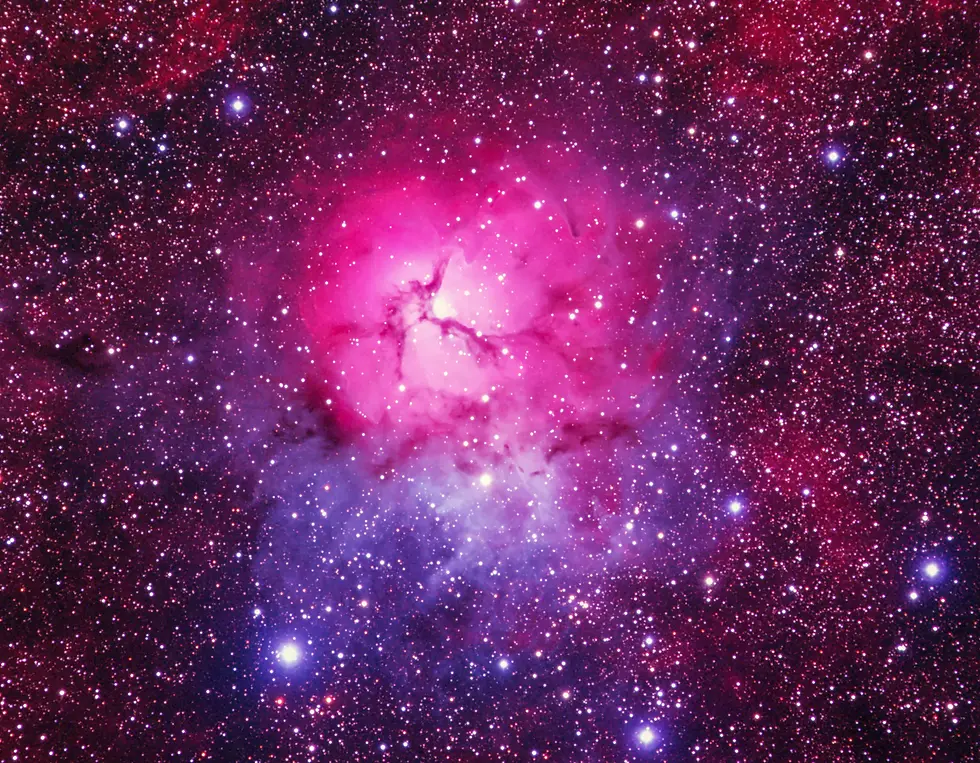What's Up? -FEBRUARY 2023
- Chris Baker
- Feb 1, 2023
- 3 min read
Each month I highlight a few objects you can spot in the night sky without the need for optical equipment.
The planets put on a fine show this month - plus for those of you in the northern hemisphere there is the opportunity to see the comet everybody is talking about! - I'll show you how.
COMET 2022 E3 (ZTF)

Image by Alessandro_Bianconi
This icy body has travelled from afar, in fact from the far reaches of our Solar System, known as the Oort Cloud. The Oort cloud is a collection of icy bodies that orbit at what could be described as the perimeter of our solar system. At some stage this icy rock has collided or been knocked off course and this has sent it on a long lonely orbit around the Sun. As it approaches the sun it warms up and emits gases which then glow green in a tail.
This comet will not return for us to see for at least another 50,000 years so it is worth trying to spot!
Observing
It's closest approach is on 1st February but it will be visible most of the night for most of the month. So take the opportunity!
From a dark site you may well be able to see it with the naked eye, but most likely you'll need binoculars.
Here are some examples of where it is in the sky at various dates in February as examples. They are all at 19:00 and note: it is visible all night:
Looking North on the 1st Feb

Note it is close to the bright star Capella and also not where it is relative to The Plough and the 'W' asterism of Cassiopeia. The Moon may make it more difficult .
As the month progressing it moves to the south.
Looking south on the 15th Feb

Note it is close to the bright red star of Taurus - Aldebaran and brushing the edge of the constellation Orion.
Looking south on the 23rd Feb

It moves closer to the constellation Orion and below the bright red star Aldebaran of Taurus.
You may need to sweep the area with your binoculars to spot the smudge!
Let me know if you spot the comet.
PLANETS
Venus
Venus is now a stunning bright evening object and will put on a fine display throughout February. It's quite low down in the south west at twilight - 5;30 ish early in the month, but will be at a higher altitude as the month progresses.
Venus low in the south west evening sky early Feb

Courtesy of Stellarium
Jupiter
Jupiter is also a beautiful sight in the south western sky after sunset. It will remain throughout the month but is on its way to elongation in April so take all the chances you can!
It will gradually move closer to Venus in the sky and is close to conjunction on March 2nd but it will be fascinating to see them very close later in the month of February. On the 22nd February a crescent Moon is close to the two planets.
Mars
Mars is visible during February from early evening until around midnight . It's not as bright as it has been but is still shining red high in the night sky
Mars shining high in the sky mid month mid evening in the south west

You'll see Jupiter too and the bright star Sirius and the beautiful constellation of Orion
Saturn
Not visible this month.
Enjoy the night sky this month and let me know about your observations
Thank you for reading this blog and do let me know if there is anything you would like me to add to my Newsletter each month.
.png)



Comments